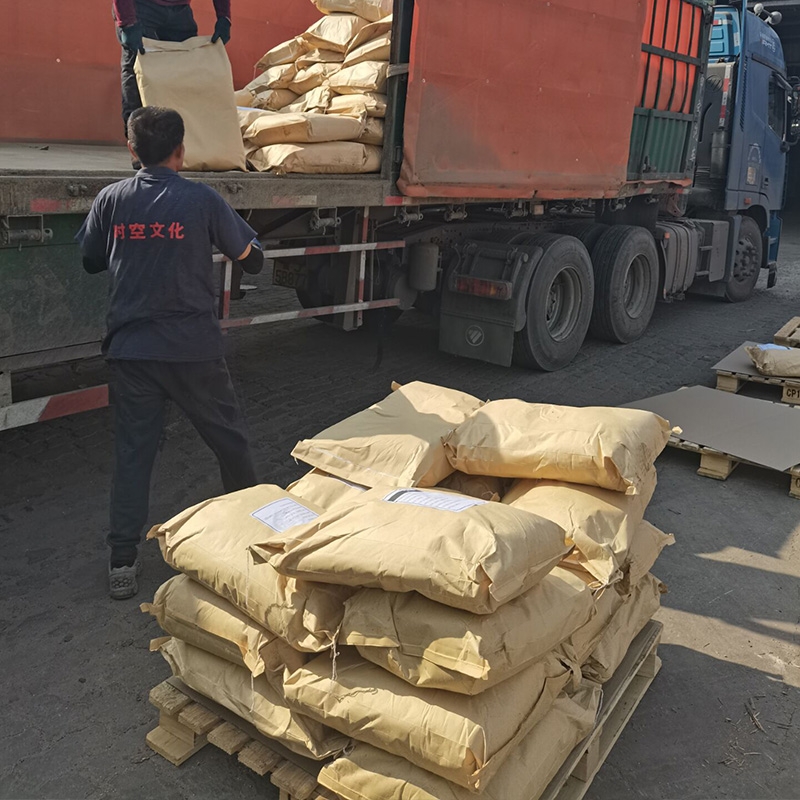-
Categories
-
Pharmaceutical Intermediates
-
Active Pharmaceutical Ingredients
-
Food Additives
- Industrial Coatings
- Agrochemicals
- Dyes and Pigments
- Surfactant
- Flavors and Fragrances
- Chemical Reagents
- Catalyst and Auxiliary
- Natural Products
- Inorganic Chemistry
-
Organic Chemistry
-
Biochemical Engineering
- Analytical Chemistry
-
Cosmetic Ingredient
- Water Treatment Chemical
-
Pharmaceutical Intermediates
Promotion
ECHEMI Mall
Wholesale
Weekly Price
Exhibition
News
-
Trade Service
Desmopressin acetate is a synthetic hormone that is used to treat various conditions related to water balance in the body.
It is manufactured through a multi-step process that involves several chemical reactions and purification steps.
In this article, we will take a closer look at the production process of desmopressin acetate and the various steps involved in it.
Step 1: Raw Material Preparation
The production of desmopressin acetate starts with the preparation of raw materials, which include chemical precursors such as L-dopa and tryptophan.
These precursors are obtained from natural sources or synthesized through chemical reactions.
Step 2: Condensation Reaction
The next step in the production of desmopressin acetate is a condensation reaction, where L-dopa and tryptophan are combined to form a precursor molecule called bovine pituitary vasopressin.
This reaction is typically carried out in a solvent such as ethanol or methanol.
Step 3: Purification
After the condensation reaction, the precursor molecule is purified to remove any impurities that may have been introduced during the reaction.
This purification step is typically carried out through a series of chromatography techniques, such as column chromatography or high-performance liquid chromatography (HPLC).
Step 4: Acetylation Reaction
The next step in the production process is an acetylation reaction, where the bovine pituitary vasopressin precursor is converted to desmopressin acetate.
This reaction is typically carried out in the presence of an acid catalyst such as hydrochloric acid.
Step 5: Purification
After the acetylation reaction, the desmopressin acetate is purified to remove any remaining impurities.
This is typically done through a series of chromatography techniques, such as HPLC or gel filtration chromatography.
Step 6: Formulation and Packaging
The final step in the production of desmopressin acetate is the formulation and packaging of the drug product.
This involves mixing the purified desmopressin acetate with other ingredients such as excipients and fillers, and then packaging the final product in containers such as bottles or vials.
Quality Control and Assurance
Throughout the production process of desmopressin acetate, various quality control and assurance measures are implemented to ensure that the final product meets the required purity and efficacy standards.
This includes testing the raw materials used in the production process, as well as testing the final product for its chemical composition, purity, and biological activity.
Conclusion
The production process of desmopressin acetate involves several chemical reactions and purification steps, starting from the preparation of raw materials and ending with the formulation and packaging of the final drug product.
Various quality control and assurance measures are implemented throughout the process to ensure that the final product meets the required standards for purity and efficacy.
Understanding the production process of desmopressin acetate is essential for the effective management and optimization of production processes in the chemical industry.







